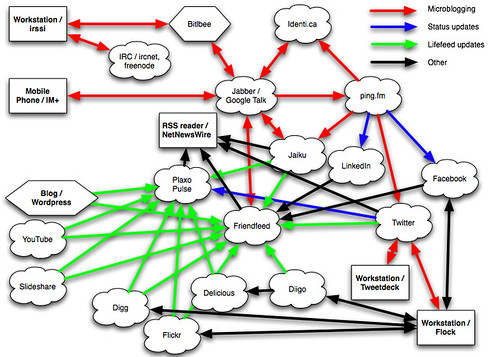Seminar on Unlicenced Mobile Access
Generic Access Network or GAN is a telecommunication system that extends mobile voice, data and IP Multimedia Subsystem/Session Initiation Protocol (IMS/SIP) applications over IP networks. Unlicensed Mobile Access or UMA, is the commercial name used by mobile carriers for external IP access into their core networks.
The most common application of GAN is in a dual-mode handset service where subscribers can seamlessly handover connections between wireless LANs and wide area networks using a GSM/Wi-Fi dual-mode mobile phone. UMA technology has enabled the convergence of mobile, fixed and Internet telephony, sometimes called Fixed Mobile Convergence.

The local network may be based on private unlicensed spectrum technologies like 802.11, while the wide network is alternatively GSM/GPRS or UMTS mobile services. On the cellular network, the mobile handset communicates over the air with a base station, through a base station controller, to servers in the core network of the carrier.
Under the GAN system, when the handset detects a wireless LAN, it establishes a secure IP connection through a gateway to a server called a GAN Controller (GANC) on the carrier's network. The GANC presents to the mobile core network as a standard cellular base station. The handset communicates with the GANC over the secure connection using existing GSM/UMTS protocols. Thus, when a mobile moves from a GSM to an 802.11 network, it appears to the core network as if it is simply on a different base station.
Power point presentation on UMA




